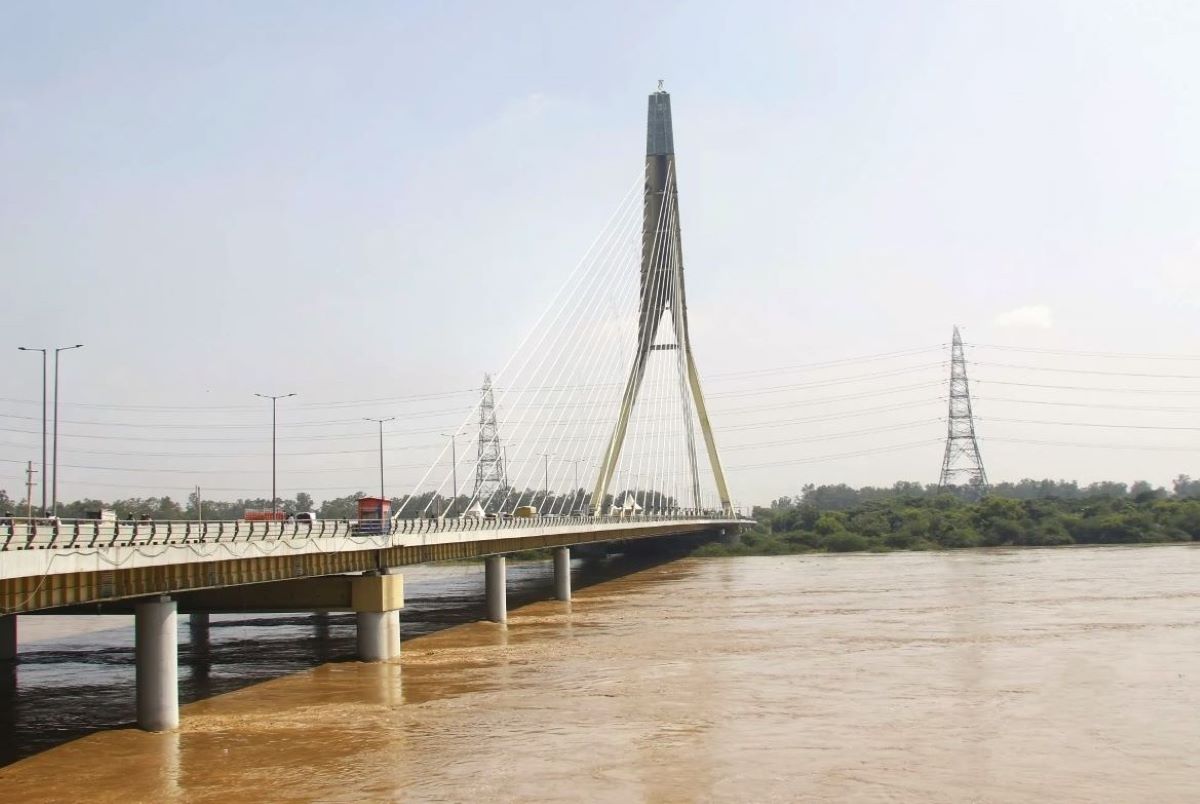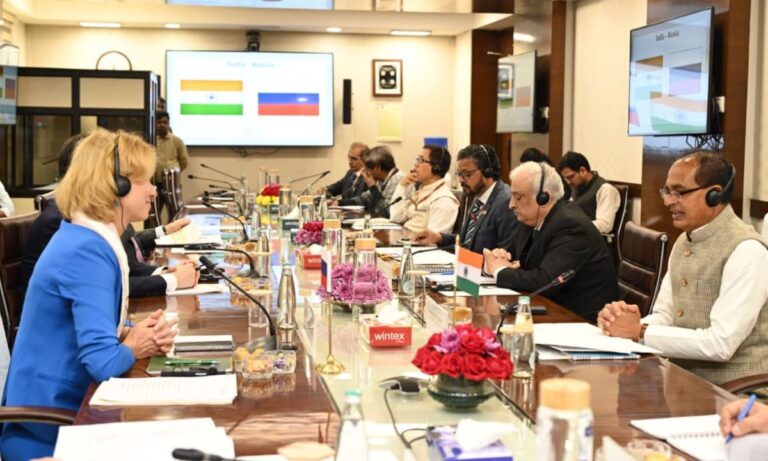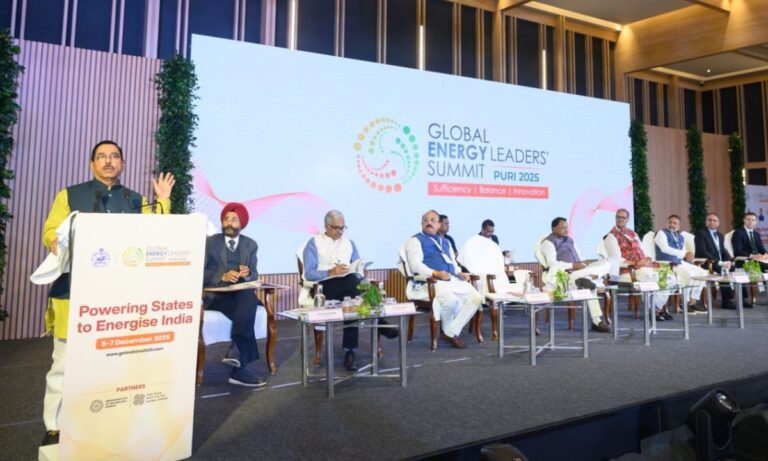
Delhi on High Alert as Yamuna River Crosses Danger Mark, Reaching 206.24 Metres
The water level in the Yamuna River has surpassed the danger mark, raising concerns about potential flooding in the surrounding areas. On July 11, the Central Water Commission reported that the water level reached 206.24 meters, slightly above the danger mark of 205.33 meters. The high flood level is set at 207.49 meters, indicating the severity of the situation.
Due to the rising water level, rail traffic on the old Yamuna bridge in Delhi has been temporarily suspended since 6:00 a.m. today until July 11, as announced by the Northern Railway. The continuous rainfall has also resulted in an increase in the water level at Vikasnagar, located in Uttarakhand’s Dehradun.
The situation worsened following heavy rainfall, with the Yamuna River in Delhi crossing the danger mark at 205.33 meters on July 10 at 5 p.m. The flood control department recorded a water level of 206.04 meters at 11 p.m. on the same day. The constant release of water from the Hathnikund barrage in Haryana, in addition to the ongoing rains in northwest India, including the national capital, has contributed to the continuous rise in the water level of the Yamuna.
At 3 p.m. on July 10, approximately 215,677 cusecs of water were discharged through the Hathnikund barrage, according to the Flood Control Department. This substantial amount of water release has further exacerbated the situation. Moreover, a fresh spell of rainfall hit the city on the afternoon of July 10, aggravating the waterlogging issues that had persisted since July 8 and 9.
As a consequence of the incessant rains, various areas in the city continue to experience waterlogging. The local government has been on high alert, with Delhi Minister Saurabh Bharadwaj stating that preparations are in place to ensure the safety of residents living along the riverbanks.
The government plans to shift people to relief camps as the water level rises above 206 meters. The chief minister of Delhi, Arvind Kejriwal, had initially stated that there was no immediate flood threat in the city due to the rising water level. However, the current situation suggests that the risk of flooding cannot be dismissed.
The impact of the heavy rainfall has been felt across all sections of society, including the economically disadvantaged and daily wage earners. Families residing in hutments along the Yamuna will be required to relocate if the water level continues to rise. Even some civil servants have had their homes infiltrated by rainwater. This year’s floods have demonstrated that both the impoverished and the influential are affected by the calamity.
The inadequate drainage system in Delhi has been severely exposed as roads have been inundated, leading to long traffic queues. Residents, including those in the diplomatic enclave of Chanakyapuri, have expressed dissatisfaction with the city’s infrastructure.
The diplomatic enclave, housing foreign missions, as well as other areas accommodating VIPs, have experienced flooding. To ensure safety, the New Delhi Municipal Council (NDMC) has advised senior bureaucrats residing on the ground floors to relocate to safer places.
Numerous reports of house collapses and waterlogging have emerged from various residential colonies. Diplomatic enclaves like Chanakyapuri, Kaka Nagar, Bharti Nagar, and other prominent roads and colonies under the jurisdiction of the NDMC have also suffered from waterlogging.
Authorities are closely monitoring the situation as the water level in the Yamuna River continues to rise. Efforts are being made to mitigate the impact and ensure the safety of residents in the affected areas.





